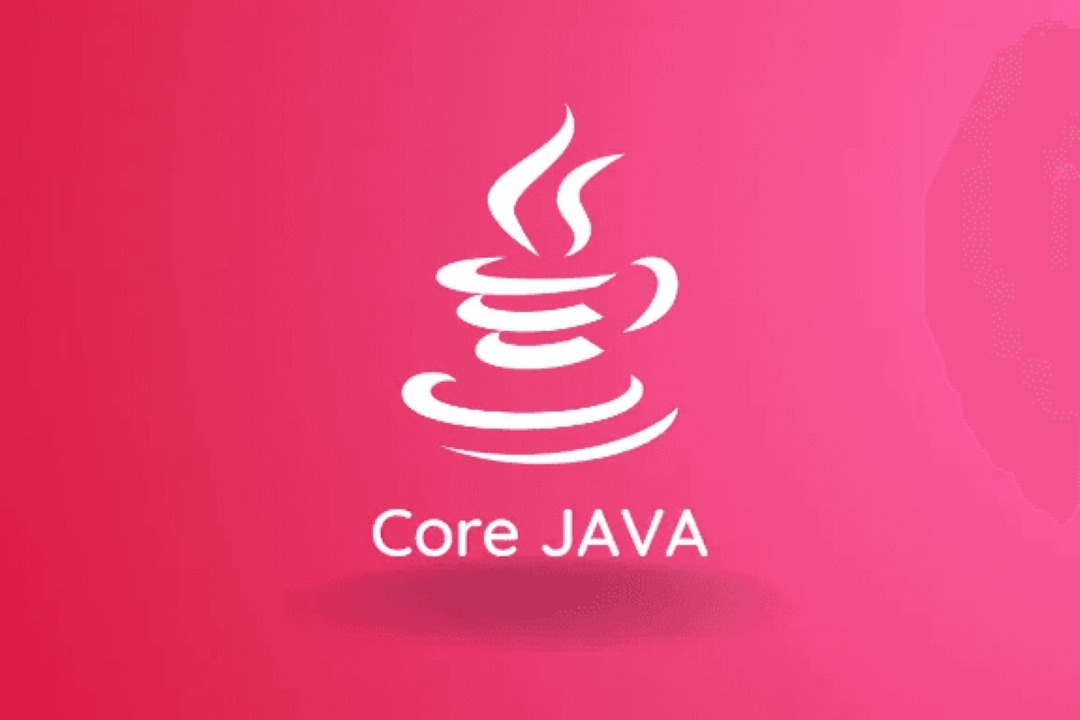Java Data Structures Interview Questions
Java Data Structures Interview Questions: Enhance Your Interview Game with These Essential Concepts
Java data structures interview questions are commonly asked during job interviews to assess a candidate's knowledge and understanding of various data structures such as arrays, linked lists, stacks, queues, trees, and maps. These questions can range from basic definitions and concepts to more advanced topics such as time and space complexity, implementation, and optimization techniques. It is essential for a Java developer to have a strong understanding of data structures as they are a fundamental component of programming and play a crucial role in building efficient and scalable applications. A thorough preparation and practice of these interview questions can help a candidate showcase their skills and expertise in using data structures in Java.
To Download Our Brochure: https://www.justacademy.co/download-brochure-for-free
Message us for more information: +91 9987184296
points
1 - What is a data structure?
A data structure refers to a type of data organization that allows data to be stored, accessed, and manipulated efficiently.
2) What are the different types of data structures?
Some of the common data structures include arrays, linked lists, stacks, queues, trees, and graphs.
3) What is the difference between a linear and a non-linear data structure?
A linear data structure stores data in a sequential manner, whereas a non-linear data structure allows for more complex relationships between data elements, such as hierarchical or interconnected relationships.
4) What are the advantages of using data structures?
Data structures provide efficient storage and retrieval of data, allow for faster data processing and manipulation, and help to organize data in a logical and structured manner.
5) What is an array?
An array is a data structure that stores a collection of elements of the same data type in a contiguous block of memory. Elements in an array can be accessed using their index.
6) How are linked lists different from arrays?
Unlike arrays, linked lists do not require contiguous memory allocation and can easily expand or shrink in size. Additionally, linked lists allow for efficient insertion and deletion of elements.
7) What is a stack?
A stack is a data structure that follows the LIFO (Last In First Out) principle, where the last element inserted is the ft element to be removed. It supports two main operations - push (insert) and pop (remove).
8) How is a queue different from a stack?
Unlike a stack, a queue follows the FIFO (First In First Out) principle, where the first element inserted is the first element to be removed. It supports two main operations - enqueue (insert) and dequeue (remove).
9) What is a tree?
A tree is a nonlinear data structure that is organized in a hierarchical manner with a root node at the top and child nodes branching off from it. It is commonly used to represent hierarchical data such as file directories.
10) What is a binary tree?
A binary tree is a specialized tree data structure in which each node can have a maximum of two child nodes- a left child and a right child.
11) What is a graph?
A graph is a nonlinear data structure that is used to represent relationships between objects. It consists of vertices (nodes) and edges that connect these vertices.
12) What are the different types of graph traversals?
Some of the common graph traversals include depth-first search (DFS) and breadth-first search (BFS).
To Download Our Brochure: Click Here
Message us for more information: +91 9987184296
13) What is DFS (Depth-First Search)?
DFS is a graph traversal technique that starts at a given root node and explores as far as possible along each branch before backtracking. It is commonly used to search for a particular element in a graph.
14) What is BFS (Breadth-First Search)?
BFS is a graph traversal technique that starts at a given root node and explores all the neighboring nodes before moving on to the next level. It is commonly used to find the shortest path in a graph.
15) What is a heap?
A heap is a specialized tree data structure that is used to efficiently retrieve the minimum or maximum element from a set of elements. It follows the heap property, where the value of a parent node is either greater than or equal to (max heap) or less than or equal to (min heap) the value of its child nodes.
Browse our course links : https://www.justacademy.co/all-courses
To Join our FREE DEMO Session: Click Here
Contact Us for more info:
- Message us on Whatsapp: +91 9987184296
- Email id: info@justacademy.co
Tricky Java Collection Interview Questions
Java Full Stack Interview Questions
Java Garbage Collection Interview Questions












